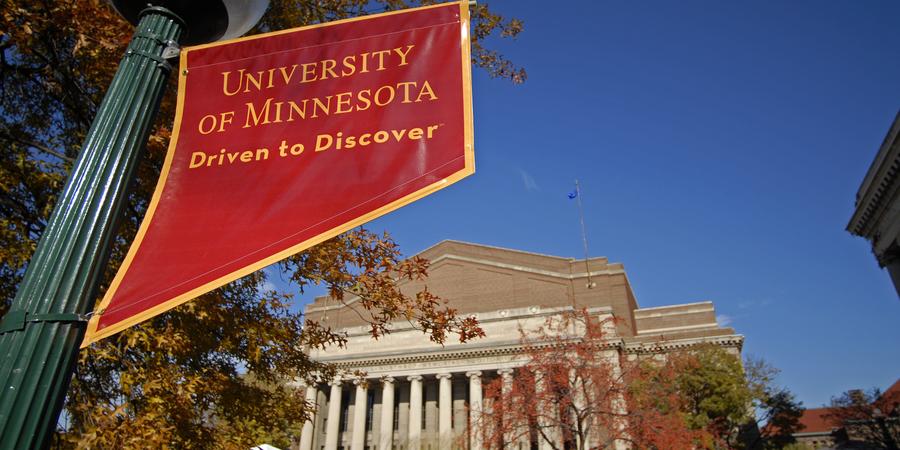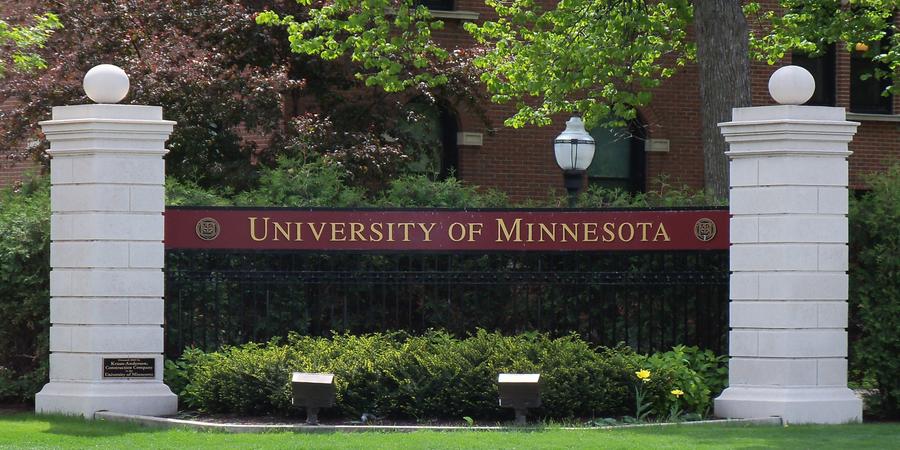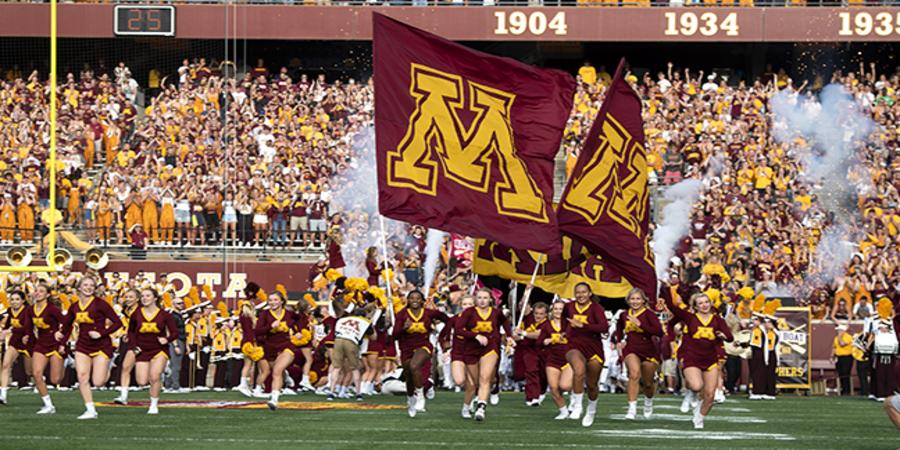University of Minnesota
- University
- College
- Co-educational private schools
- english
About the University of Minnesota
History of the University of Minnesota The University of Minnesota was founded in 1851, seven years before Minnesota became a state of the USA. Initially, the university operated as a preparatory school, but by 1869, it had gained the status of a full-fledged higher education institution. The University has gone through several important stages of its development: 1890s: the establishment and expansion of faculties, which allowed students to be offered a wider range of programs. 1930s: a period where the university actively developed scientific research, making it a leader among research universities in the USA. 1970s: significant attention was given to the development of technologies and medicine. 2020s: the university continues to remain one of the leading global research centers, implementing the latest technologies in the educational process. Today, the University of Minnesota is among the top public research universities in the USA, ranking highly in various fields, including biomedical sciences, engineering, business, and the arts. Educational Philosophy and Teaching Approaches The University of Minnesota is focused on an innovative and interdisciplinary approach to education. The university's philosophy is based on the development of critical thinking, analytical skills, and the integration of knowledge from different fields. Students have access to an extensive research base, allowing them not only to acquire theoretical knowledge but also to apply it in practice. The main educational principles of the university include: Individualization of education: the university offers flexible educational programs adapted to the interests and career goals of each student. Innovation and research: significant attention is given to scientific research and developments, allowing students to stay abreast of the latest achievements in science and technology. Practical orientation of education: numerous partnership programs with businesses and industries give students the opportunity to immediately apply the knowledge they have gained in real life. Significance of the University of Minnesota in the Educational System The University of Minnesota plays an important role in the educational system of the state of Minnesota and on the international stage. It is part of the higher education system of the USA, consisting of five campuses, with the main one located in the city of Minneapolis. Key achievements of the university include: Scientific research: The University of Minnesota actively participates in international scientific projects, including developments in the fields of medicine, ecology, and information technology. Technological innovations: Many startups and patents originate within the university, contributing to the development of an innovative ecosystem in the region and beyond. Leadership in medical research: The university is known for its discoveries in the fields of transplantology and neurosurgery. The University of Minnesota also has a significant impact on the region's economy, creating jobs and stimulating the development of technology and science. Its graduates hold leading positions in various industries, including healthcare, technology, law, and business.
MoreLoading...
Admission conditions in University of Minnesota
Exam completion: For applicants from the USA, it is recommended to take the SAT or ACT exams. However, since 2020, many universities, including the University of Minnesota, have made these exams optional, although the results can be useful in improving chances of admission. For international students, taking English language proficiency tests such as TOEFL (minimum score 79), IELTS (minimum score 6.5), or Duolingo English Test (minimum score 120) is required. Age: Usually, applicants enter university after finishing school, at the age of 17-18 years old, but there are no minimum age requirements. The requirement is to have a high school diploma. Application submission: The application must be submitted through the Common App system or through the university's website. The deadlines for application submissions depend on the program, but the main application cycle for undergraduate programs opens in the fall (before November 1 for early decision and before January 1 for regular decision). Application fee: The application fee for undergraduate programs is $55 for both American and international students. High School Diploma: For foreign students, a translation of the diploma into English by an accredited translator is required. The diploma must be officially sent to the university directly from the school or with the educational institution's stamp. Recommendation letters: For undergraduate programs, recommendation letters are usually not required, but in some programs (for scholarships or special academic programs), 2 recommendations from teachers or school administrators may be needed. School Report: The University of Minnesota requires a school report with grades from the last 3-4 years of study (the so-called High School Transcript). For international students, this report must also be translated into English and certified. Financial verification: For international students, providing proof of funds to cover the cost of tuition and living expenses is mandatory. This can be a bank statement showing that the student or their sponsors have enough funds to pay for at least one year of education (usually between $40,000 to $50,000 depending on the program). Essay or motivational letter: Writing an essay, which is part of the application through the Common App, is required. The essay allows the university to assess the candidate's motivation and personal qualities. Grade Point Average (GPA): Candidates are expected to have a GPA of at least 3.5 on a 4.0 scale. This may vary depending on the program, but the higher the GPA, the higher the chances of admission. Additional requirements for some departments: For programs such as architecture, music, or art, a portfolio or participation in auditions may be required. Interview: An interview is not mandatory for all students, but it may be recommended for some programs or when applying for scholarship programs.
MoreMinimum rating for admission to University of Minnesota
The minimum rating (average score, GPA) for admission to the University of Minnesota depends on the specific program and faculty, but in general, the recommended minimum GPA for undergraduate applicants is 3.5 out of 4.0. However, some programs may accept students with lower GPAs if they compensate with high test scores (SAT/ACT) or outstanding extracurricular achievements, recommendation letters, or essays. For more competitive programs, such as engineering, biology, or business, a higher average score is usually required - closer to 3.7-4.0. International students must provide equivalent grades if their grading system is different from the American one, which often requires an official translation or conversion of GPA to the American scale.
MoreProspects after completing studies in University of Minnesota
Graduates of the University of Minnesota have excellent prospects in the labor market thanks to the high level of training and the strong reputation of the educational institution. The university is among the top research universities in the world, allowing its graduates to find work in leading companies and organizations. Students develop key skills that are in demand in various industries: engineering, business, medicine, information technology, and science. The university actively collaborates with major employers such as 3M, Medtronic, Target, and General Mills, providing students with opportunities for internships and future employment. Graduates can also continue their education in prestigious master's or doctoral programs. According to university reports, many graduates find employment within 6 months after completing their studies or continue their education, which indicates their high demand and level of preparation.
MoreTitle | Age | Period |
|---|---|---|
| Bachelor's Degree program in English | 18+ | 1 year |
| Master's Degree program in English | 21+ | 1 year |
Leave a review
Loading...















Reviews